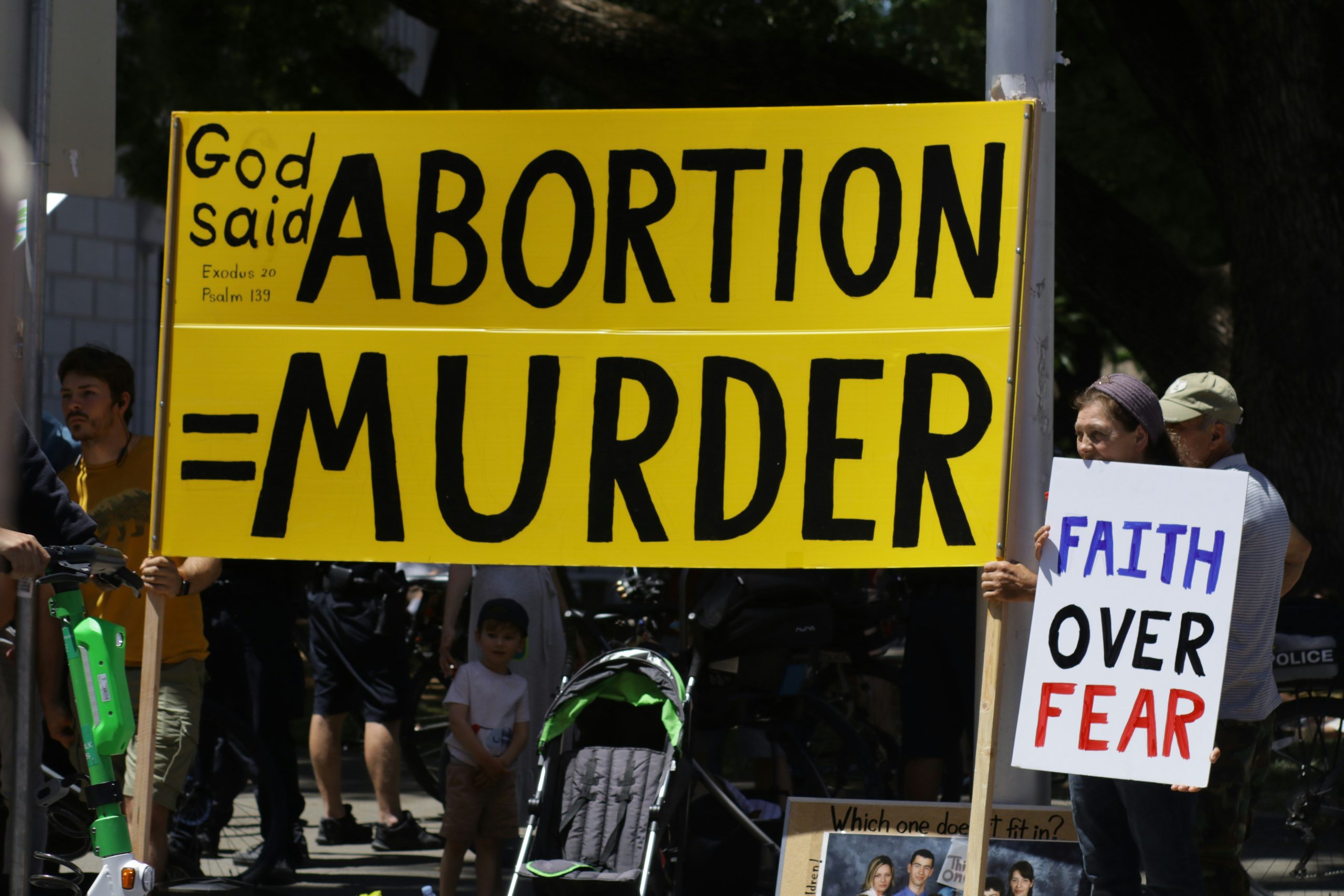A recent report from the California Department of Insurance has highlighted the staggering economic and health impacts of extreme heat in California, totaling over $7.7 billion in the last decade. Released amidst a heat wave, with temperatures soaring past 120 in Palm Springs, the report underscores a growing crisis.
“Extreme heat is a silent, escalating disaster that threatens our health, economy, and way of life in California. This report brings to light the staggering hidden costs of extreme heat events, underscoring the urgency of our efforts to create a groundbreaking heat wave ranking and early warning system statewide,” said California Insurance Commissioner Ricardo Lara. “We must prioritize resilience-building efforts and innovative insurance solutions to safeguard our state against the growing impacts and financial risks of extreme heat.”
Titled “Impacts of Extreme Heat to California’s People, Infrastructure, and Economy,” the report examines financial repercussions across health, energy, economy, and infrastructure sectors from seven significant heat events over the past decade. It reveals significant gaps in traditional insurance coverage for heat-related losses and recommends creating new insurance solutions.
Kathy Baughman McLeod, CEO at Climate Resilience for All and a member of the California Climate Insurance Working Group, emphasized the urgency of these findings. “The urgency of extreme heat is only accelerating,” she said.
In a 14-day heatwave in 2022, excessive heat directly contributed to nearly 200 deaths, 140 adverse birth outcomes, 2,000 hospitalizations, and 4,200 emergency department visits throughout California, with the southern part of the state experiencing the highest temperatures.
“We have this thing that’s killing more people than any other climate hazard, and it’s invisible and silent,” McLeod continued. “We’ve got to double, triple, quadruple down on the data sets and tools we need to be able to respond.”
These health impacts disproportionately affect already overburdened populations, including Black, Native American, and Hispanic communities, who experience mortality rates 14% to 30% higher than non-disadvantaged groups. Additionally, the elderly and pregnant individuals are particularly vulnerable.
A recent report from the California Department of Insurance has highlighted the staggering economic and health impacts of extreme heat in California, totaling over $7.7 billion in the last decade. Released amidst a heat wave, with temperatures soaring past 120 in Palm Springs, the report underscores a growing crisis.
“Extreme heat is a silent, escalating disaster that threatens our health, economy, and way of life in California. This report brings to light the staggering hidden costs of extreme heat events, underscoring the urgency of our efforts to create a groundbreaking heat wave ranking and early warning system statewide,” said California Insurance Commissioner Ricardo Lara. “We must prioritize resilience-building efforts and innovative insurance solutions to safeguard our state against the growing impacts and financial risks of extreme heat.”
Titled “Impacts of Extreme Heat to California’s People, Infrastructure, and Economy,” the report examines financial repercussions across health, energy, economy, and infrastructure sectors from seven significant heat events over the past decade. It reveals significant gaps in traditional insurance coverage for heat-related losses and recommends creating new insurance solutions.
Kathy Baughman McLeod, CEO at Climate Resilience for All and a member of the California Climate Insurance Working Group, emphasized the urgency of these findings. “The urgency of extreme heat is only accelerating,” she said.
In a 14-day heatwave in 2022, excessive heat directly contributed to nearly 200 deaths, 140 adverse birth outcomes, 2,000 hospitalizations, and 4,200 emergency department visits throughout California, with the southern part of the state experiencing the highest temperatures.
“We have this thing that’s killing more people than any other climate hazard, and it’s invisible and silent,” McLeod continued. “We’ve got to double, triple, quadruple down on the data sets and tools we need to be able to respond.”
These health impacts disproportionately affect already overburdened populations, including Black, Native American, and Hispanic communities, who experience mortality rates 14% to 30% higher than non-disadvantaged groups. Additionally, the elderly and pregnant individuals are particularly vulnerable.
“This report underscores the critical need for equitable adaptation measures that prioritize the health and safety of our most vulnerable neighbors,” said Sona Mohnot, director of climate resilience at The Greenlining Institute.
The financial losses from extreme heat are not limited to healthcare. The agriculture, manufacturing, and “weather-exposed” sectors have also suffered significant losses. For example, the impacts of a single heatwave ranged from $230 million in 2013 to $3 billion in a 2022 event. Labor productivity losses ranged between $7.7 million and $210 million per event due to extreme heat, with substantial uninsured wage losses. Infrastructure costs due to heat-related damage repair and delays ranged from $3.8 million to $35 million per event, predominantly affecting roads and rails.
The report purports that the true costs are higher as it only accounted for seven heat events. However, only a small portion of these costs are covered by insurance, with the most comprehensive coverage being health insurance for workplace injuries and non-fatal health effects. The report calls for the development of innovative insurance mechanisms and investments in adaptation and resilience.
Key recommendations of the report include:
- Making the most of existing resilience funding to bolster infrastructure and healthcare systems.
- Collaborating across public and private sectors to develop and implement heat-illness reduction strategies.
- Exploring innovative insurance solutions to incentivize extreme heat resilience and cover business interruptions, infrastructure damage, and emergency services during extreme heat events.
- Use insights from local government case studies to inform future state and local planning and mitigation policies.
“Anyone who says California cannot afford climate action should flip through this report to learn why doing nothing is not an option,” said Katelyn Roedner Sutter, California State Director at Environmental Defense Fund. “Extreme heat, by itself, is costing Californians billions of dollars. Since most of these costs aren’t covered by insurance, our small businesses and working families on a budget are at the greatest risk. In order to build a safer and more prosperous future, California must double-down on proven solutions to reduce the intensity of heat in our communities, such as expanding urban tree canopies and access to green spaces.”
McLeod compared the situation in California to hurricane preparations in Florida, emphasizing the need for a similar culture of prevention and preparation for extreme heat. “It’s hurting vulnerable communities more than other parts of the community, and people just still don’t really understand that. They’re still saying it’s just hot,” she noted.
“The biggest thing we need,” McLeod stressed, “is to build a culture of prevention and preparation.”







